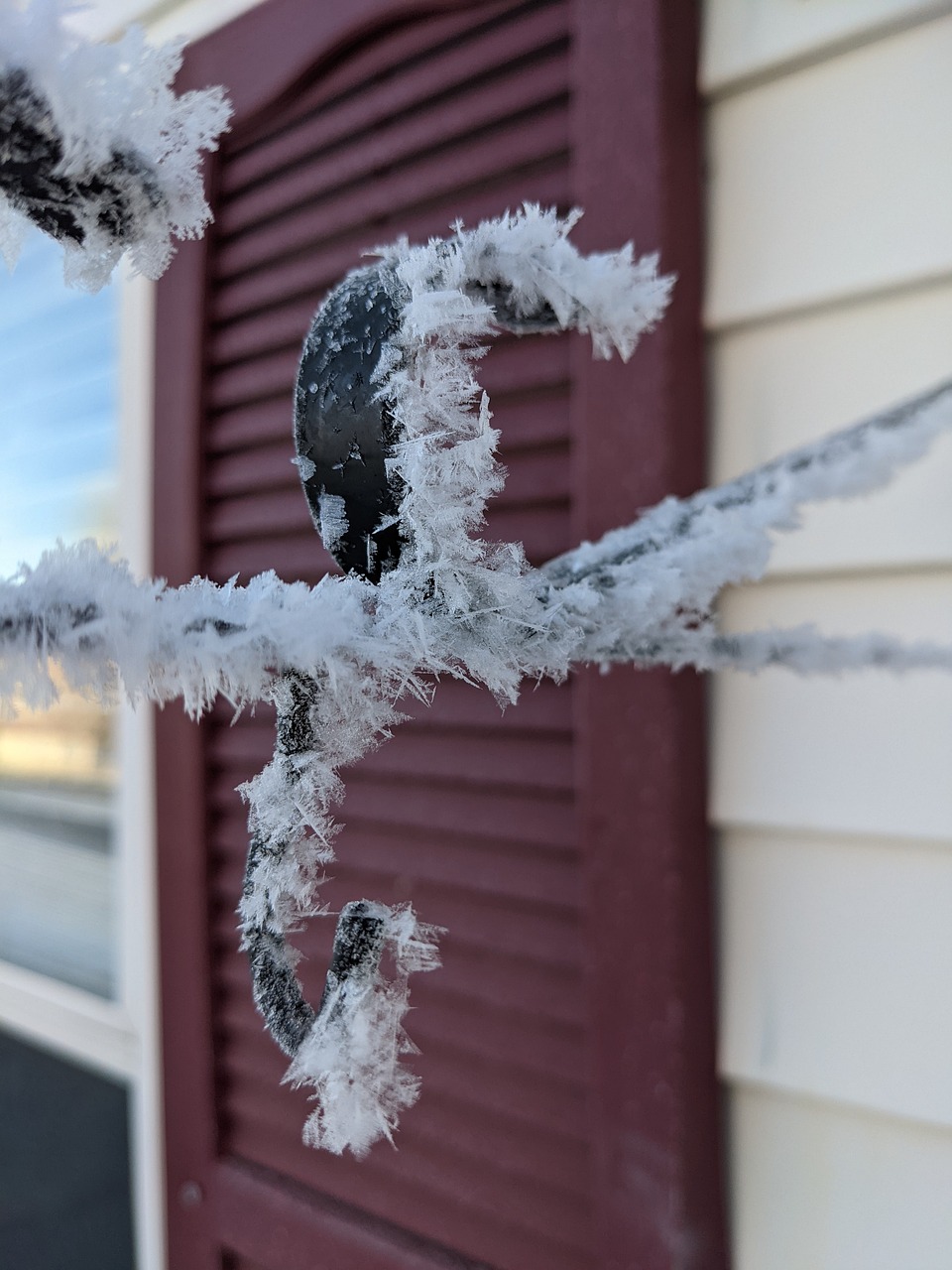In this article, you will discover the crucial symptoms that can help you identify second-degree frostbite. As the winter chill sets in, it’s important to understand the signs that indicate a deeper and more concerning level of frostbite. From the initial numbness and pale skin to the formation of blisters and severe pain, recognizing these symptoms plays a significant role in seeking immediate medical attention. So, let’s delve into the essential details of second-degree frostbite symptoms and equip ourselves with the knowledge to keep ourselves and our loved ones safe in the icy grasp of winter.

Skin Changes
When you experience second-degree frostbite, you may notice some distinct changes in your skin. One of the most noticeable changes is the development of white or grayish-yellow skin. This is a result of the freezing of the skin tissues, which can impede blood flow and oxygen to the area. Another common skin change is the development of hard or waxy skin. As the frostbite progresses, the skin can become firm and lose its normal elasticity. Additionally, you may also see the formation of blisters on the affected areas. These blisters can be filled with clear fluid or blood and can be quite painful. Lastly, you may experience a numbness or tingling sensation in the affected area. This loss of sensation is due to the damage caused to the nerves and blood vessels by the freezing temperatures.
Pain and Sensation
Second-degree frostbite often comes with intense pain. The freezing of the skin and the damage to the underlying tissues can lead to sharp, intense pain. You may find that even the lightest touch or pressure can cause increased sensitivity and discomfort. The affected area can also have a stinging or burning sensation, adding to the overall discomfort. It is important to be aware of these sensations and seek medical attention accordingly in order to prevent further damage and complications.
Joint and Muscle Effects
As frostbite progresses, it can also affect your joints and muscles. Stiffness and limited range of motion are common symptoms of second-degree frostbite. The freezing of the tissues can cause a loss of flexibility and make it difficult to move the affected area. Swelling is another common issue, as the body responds to the inflammation caused by the frostbite. Muscle cramps can also occur, adding to the discomfort and limiting your ability to use the affected limb or area.
Skin Texture and Sensitivity
In addition to changes in color and the development of blisters, second-degree frostbite can also affect the texture and sensitivity of your skin. The skin in the affected area may feel soft or spongy to the touch. This change in texture is a result of the damage caused by the freezing temperatures. Furthermore, your skin may become more sensitive to extreme temperatures. You may find that even mild heat or cold causes discomfort or pain. Additionally, the skin in the affected area may appear glossy or shiny. This change in appearance is due to the damage to the skin tissues and the subsequent inflammation.

Nail and Hair Changes
Second-degree frostbite can even impact your nails and hair. Nail beds may turn blue or purple, indicating a lack of oxygen and blood flow to the area. This discoloration is a clear sign of frostbite and should not be ignored. The freezing temperatures can also affect your hair, causing it to become brittle or break easily. Some individuals may experience hair loss as a result of the damage caused by frostbite. These changes in the nails and hair serve as visible indicators of the severity of the frostbite and should be taken seriously.
Superficial Frostbite
Superficial frostbite refers to the involvement of only the top layers of the skin. In this stage, the affected skin may feel warm to the touch, which can be confusing as frostbite is typically associated with extreme cold. This warming sensation is a result of the inflammation and increased blood flow to the area. The skin in the affected area may appear red or blotchy, indicating the damage caused by the freezing temperatures. While superficial frostbite may be less severe than deep frostbite, it still requires proper medical attention to prevent complications and further injury.

Deep Frostbite
In contrast to superficial frostbite, deep frostbite involves not only the top layers of the skin but also the deeper layers and underlying tissues. The affected skin may feel cold to the touch as the freezing temperatures penetrate through multiple layers. You may notice that the skin in the affected area appears pale or white, signifying the lack of blood flow. It is important to recognize the severity of deep frostbite as it can lead to significant tissue damage and long-term complications if left untreated.
Thawing Frostbite
Thawing frostbite occurs when the frozen tissues start to warm up. During the process of rewarming, you may experience a painful sensation. This pain is a result of the damaged nerves and tissues responding to the increase in temperature. As the affected area begins to thaw, the skin may turn purplish and mottled. The uneven discoloration is due to the uneven rewarming of the tissues. Blisters may also develop as the skin attempts to heal and protect itself. It is crucial to exercise caution during the thawing process and seek medical attention as soon as possible to prevent further complications.
Complications
If you have experienced second-degree frostbite, it is important to be aware of potential complications that can arise. One of the most common complications is infection. The damaged and compromised skin is more susceptible to bacterial and fungal infections, which can delay the healing process and lead to further tissue damage. Gangrene, the death of tissue due to a lack of blood flow, is another serious complication of frostbite. If not promptly treated, gangrene can result in the need for amputation. Additionally, second-degree frostbite can also cause nerve damage. The freezing temperatures can interfere with the normal functioning of the nerves, leading to long-term sensory or motor impairments.
Seeking Medical Attention
If you are experiencing symptoms of second-degree frostbite, it is crucial to seek medical attention promptly. Persistent pain or worsening symptoms should not be ignored, as they could indicate underlying tissue damage or infection. Signs of infection, such as increased redness, swelling, or discharge from the affected area, should also be taken seriously. Furthermore, if you notice significant blistering or skin damage, it is important to have a medical professional assess and treat the condition. Early intervention and proper medical care are essential in preventing complications and promoting optimal healing. Remember, your health and well-being are of utmost importance, so don’t hesitate to reach out for medical assistance when needed.
